Ever finish a long day with a nagging ache in your shoulders or a persistent stiffness in your lower back?
You’re not alone—and soft tissue therapy might be exactly what your body needs. At Circle Wellness, we see clients every day who are seeking relief from discomfort, improved mobility, or simply a reset for their mind and body. But here’s where it gets interesting: while deep tissue and therapeutic massage are both popular choices, they’re not interchangeable.
Each technique serves a distinct purpose—and choosing the right one can be the difference between temporary relief and lasting results. In this guide, we break down the differences, benefits, and best-use scenarios for both deep tissue and therapeutic massage to help you find the treatment your body is really asking for.
What Is Soft Tissue Therapy?

Soft tissue therapy focuses on the muscles, tendons, ligaments, and fascia—supporting structures that play a huge role in how we move and feel. It’s more than relaxation; it’s a clinical, hands-on method of relieving tension, correcting imbalances, and promoting your body’s own healing capabilities.
Massage is the foundation of soft tissue therapy, but not all massage styles are created equal. Deep tissue and therapeutic massage are both highly effective, but they serve different goals—and your experience will feel noticeably different depending on which path you choose.
Deep Tissue Massage: For Structural Relief
What It Is
Deep tissue massage is designed to address chronic tension and pain that stems from the deeper layers of muscle and connective tissue. Using slow, concentrated pressure, your therapist works through adhesions and scar tissue to restore movement and reduce discomfort.
How It Feels
This treatment can be intense. It’s normal to feel some discomfort as your therapist navigates through tight or inflamed areas. Many describe the sensation as “productive pressure”—a bit uncomfortable in the moment, but followed by notable relief and increased range of motion.
Ideal For
- Chronic pain in the lower back, shoulders, or neck
- Old injuries that have left behind scar tissue or stiffness
- Athletes and active individuals with muscle overuse or tightness
- Postural imbalances caused by long hours at a desk or physical labor
Important Considerations
Deep tissue isn’t ideal if your main goal is to unwind or if you’re sensitive to pressure. While it’s effective for mechanical issues, it’s not designed to be a soothing experience. That’s where therapeutic massage shines.
Therapeutic Massage: For Overall Wellness
What It Is
Therapeutic massage blends various techniques—like Swedish massage, light myofascial work, and guided stretching—to meet your specific needs. It’s tailored for total-body support: easing stress, reducing tension, and improving circulation.
How It Feels
This type of massage is typically gentle to moderate in pressure, offering a calm, restorative experience. Clients often leave feeling mentally refreshed and physically lighter—sometimes even falling asleep during the session.
Ideal For
- Stress management and emotional balance
- General aches or mild discomfort
- Improving sleep and nervous system regulation
- Boosting flexibility and supporting active recovery
Why It Works
Therapeutic massage is adaptable. Whether you’re dealing with a mild strain or just need to decompress, it offers a balanced approach that encourages the body to recalibrate without triggering soreness or fatigue.
Comparing the Two: What’s Right for You?
Pressure
- Deep Tissue Massage – Deep, targeted
- Therapeutic Massage – Light to moderate, customizable
Purpose
- Deep Tissue Massage – Break down tension and scar tissue
- Therapeutic Massage – Promote overall balance and relief
Experience
- Medical Massage: Focused and intense
- Deep Tissue Massage: Relaxing and restorative
Best For
- Medical Massage: Chronic pain, injury recovery
- Deep Tissue Massage: Based on how your body feels during the session
Post-Treatment
- Medical Massage: Often covered if prescribed by a doctor
- Deep Tissue Massage: Usually not covered by insurance
Therapist’s Role
- Medical Massage: Works closely with healthcare providers
- Deep Tissue Massage: Focuses on client-reported pain or tightness
Why It Works
How to Choose the Right Treatment

Your body knows what it needs—you just have to listen. Ask yourself:
- Are you dealing with long-term tension or pain in one area? Deep tissue may be the answer.
- Feeling generally stiff, fatigued, or overwhelmed? Therapeutic massage could help restore balance.
- How do you respond to pressure? If you enjoy intensity, deep tissue will feel productive. If you prefer gentler care, stick with therapeutic.
- What’s your ultimate goal? Recovery from injury? Stress relief? Maintenance? That intention should guide your choice.
Still unsure? That’s where we come in. At Circle Wellness, our licensed massage therapists will assess your posture, pain patterns, and health history before recommending a treatment plan that aligns with your goals.
What to Expect Before, During, and After

Before Your Session
- Hydrate well the day of your appointment
- Share your goals or concerns with your therapist
- Wear comfortable clothing for a relaxed recovery
During the Session
- Deep tissue: Expect slower strokes and deep pressure. Communication is key—always speak up if the intensity is too much.
- Therapeutic: Enjoy soothing movements, rhythmic kneading, and light stretching to enhance circulation and relaxation.
After Your Session
- Deep tissue: Mild soreness is normal—drink water, rest, and consider a warm bath.
- Therapeutic: You’ll likely feel calm and limber—great for a post-massage walk or nap.
The Long-Term Benefits
Soft tissue therapy does more than address isolated pain—it supports your body’s entire musculoskeletal and nervous system. Over time, regular sessions can lead to:
- Improved posture
- Better sleep
- Reduced inflammation
- Enhanced flexibility and range of motion
- Lower stress hormone levels and increased serotonin
It’s a natural, effective investment in your health—one that helps you feel stronger, more mobile, and more in tune with your body.
Your Next Step: Feel Better, Move Better
Whether you’re recovering from an injury or simply feeling the weight of day-to-day stress, the right massage can be transformative. Deep tissue is ideal for addressing persistent pain and tension. Therapeutic massage is perfect for restoring balance and calm.







